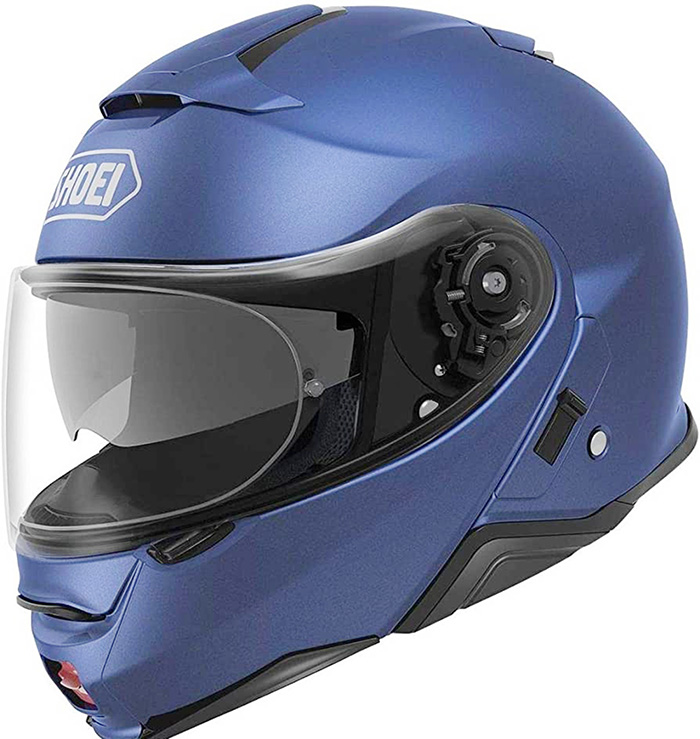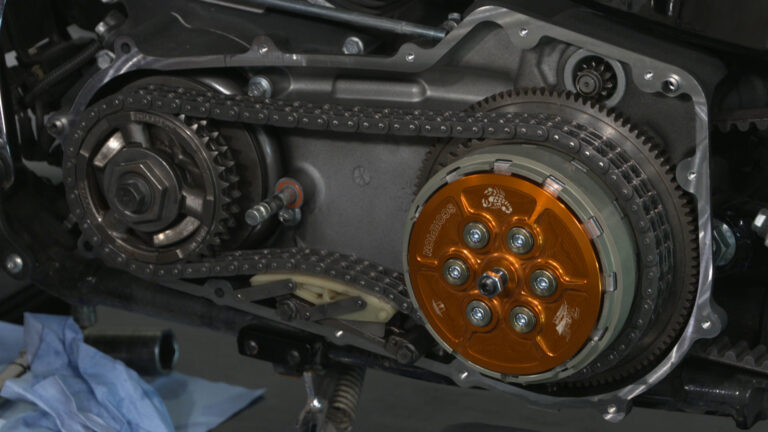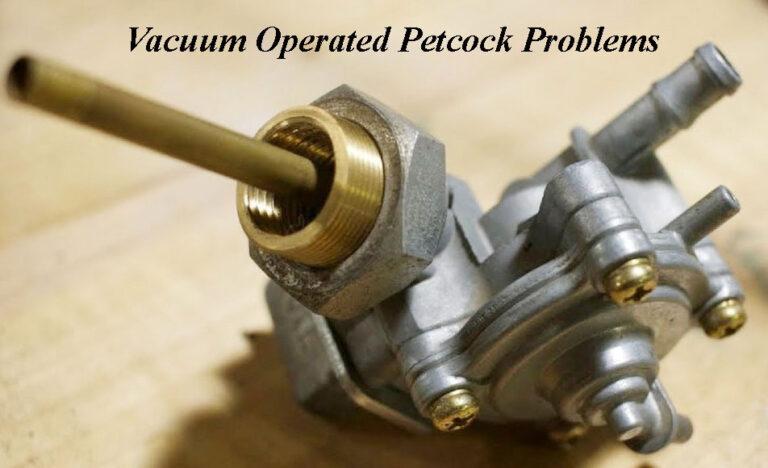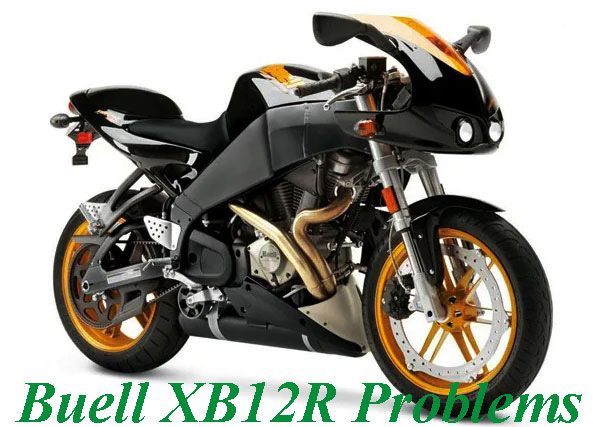Super Glide Vs Wide Glide : The Ultimate Showdown
The Super Glide vs Wide Glide are both popular Harley-Davidson motorcycles with distinct styles. The Super Glide offers a more traditional design, while the Wide Glide is known for its wider front end and chopper-inspired look.
Harley-Davidson enthusiasts often debate the merits of the Super Glide versus the Wide Glide. Each bike caters to a different rider preference, with styling and ride dynamics setting them apart. The Super Glide, part of the Dyna family until 2017, provides a classic Harley silhouette, marked by its straightforward design and mid-mounted foot controls.
Its precision handling appeals to those seeking a straightforward ride. The Wide Glide, on the other hand, grabs attention with its raked-out forks, elongated front end, and signature flame paint job.
The drag-style handlebars and forward-mounted footpegs offer a relaxed, cruiser-style riding position, making it ideal for riders who favor both aesthetic flair and comfort. Whichever model you choose, each bike embodies the robust performance and cultural legacy synonymous with Harley-Davidson craftsmanship.
Harley-davidson’s Styling Evolution
Harley-Davidson has a long design heritage that has consistently influenced the motorcycle culture. The introduction of the Super Glide and Wide Glide models marked a significant evolution in the brand’s styling approach.
The Super Glide originated in 1971, blending the custom chopper look with a sporty style, while the Wide Glide debuted in 1980, showcasing a wider front end and distinct fork angle. This move signaled a bold departure from traditional design, captivating riders who sought a unique and customizable biking experience.
| Model | Origin Year | Design Feature |
|---|---|---|
| Super Glide | 1971 | Custom chopper look with a sporty style |
| Wide Glide | 1980 | Wider front end with a distinctive fork angle |
These models have left a lasting impact on the way motorcycles are perceived and enjoyed, paving the way for future design innovations within the motorcycle industry and inspiring a myriad of customizations among enthusiasts.
Anatomy Of The Super Glide
The Super Glide offers a unique riding experience, thanks, in part, to its distinctive frame and chassis. With a narrower profile compared to the Wide Glide, the Super Glide’s frame provides a more agile and responsive ride. Riders often notice a considerable difference in handling, especially when maneuvering tight corners or navigating through city traffic.
Under the hood, the Super Glide boasts an engine that is engineered for performance. Its powerplant comes with impressive specifications, delivering a blend of torque and horsepower that is well-suited for both cruising and more spirited riding. This engine’s design aims to deliver a smooth, yet powerful ride that is characteristic of the Super Glide’s reputation.
Aesthetically, the Super Glide stands out with its unique features that are not just for looks but also embody the motorcycle’s spirit. The bike includes signature elements such as the fuel tank design, seat styling, and exclusive graphics. These components are not merely superficial but work together to create a cohesive visual identity that is identifiable at a glance and resonates with enthusiasts.
Wide Glide’s Bold Presence
The Wide Glide commands attention with its raked-out fork that gives it a longer and chopper-like appearance compared to the Super Glide. This design, paired with a wider front tire, contributes to its distinctive visual presence on the road.
Owners of the Wide Glide benefit from a plethora of customization options, with the bike’s chrome elements offering a classic touch that enhances its overall aesthetic. The integration of chrome not only adds to the visual allure but also heightens the stylized approach to its design.
Contrasting the Super Glide vs Wide Glide stands out with its commitment to a bold stance and a character that is further emphasized through its structural differences. These factors contribute to unique ride quality and a stronger road presence, distinguishing it within the motorcycle community.
Riding The Super Glide
The Super Glide boasts impeccable handling characteristics with its refined chassis and dynamic ergonomics. Its design excels in facilitating a forward-leaning riding position which contributes to its agile navigation, particularly on winding roads. Riders benefit from the low center of gravity, ensuring a stable and responsive ride.
Regarding comfort, the Super Glide offers a plush experience for short commutes and equally maintains its composure in long-distance travel. The ergonomically shaped seat and strategically positioned footpegs allow for a relaxed posture, aiding in reducing rider fatigue.
The riding community holds the Super Glide in high regard for its versatility and rider-friendly nature. It garners positive feedback for its ability to cater to a variety of riders with different skill levels. This dynamic motorcycle is celebrated for delivering a balanced combination of power, comfort, and handling.
On The Road With A Wide Glide
The Wide Glide motorcycle is renowned for its impressive stability, particularly at higher speeds, owing to its extended rake and wider front tire. Many riders note the sense of confidence it instills, especially on long highway stretches. The unique design, however, can yield a different maneuverability experience. Some riders find it’s not as agile in tight turns compared to other models like the Super Glide.
For long-distance touring, the Wide Glide offers a comfortable ride with its spacious design and roomy seat. Yet, some report that its large profile can be more challenging to navigate through heavy traffic or during stormy weather.
Rider testimonials highlight the strong personality of the Wide Glide—a favorite among those who favor its classic, laid-back aesthetic. Expert reviews often emphasize the bike’s cruising comfort and road presence, solidifying its status as a desirable choice for enthusiasts.
Customization And Accessories
Customizing a motorcycle can significantly enhance its performance and style. Riders of both the Super Glide and Wide Glide have a wealth of aftermarket opportunities to choose from. For the Super Glide, enthusiasts often gravitate towards engine upgrades, exhaust systems, and suspension kits. These modifications not only boost the bike’s power but also improve the riding experience.
The Wide Glide, known for its chopper aesthetic, sees custom handlebars and extended forks as popular mods. Upgrading these components not only gives a more personalized look but also impacts handling. Both models can benefit from custom paint jobs and aftermarket wheels, which not only reflect the rider’s personality but can also elevate the motorcycle’s overall appeal and value. Each modification should be considered carefully, as they can transform the bike into a unique reflection of its owner.
| Modification | Super Glide | Wide Glide |
|---|---|---|
| Engine | Upgrades for performance | Often stock to maintain the classic feel |
| Exhaust | High-performance systems | Custom pipes for a unique sound |
| Suspension | Improved ride and handling | Changes in stance and style |
| Handlebars/Forks | Stock or slightly customized | Extended and stylized options |
Maintenance And Longevity
Both the Super Glide vs Wide Glide models from Harley-Davidson have established reputations for reliable performance over long periods. Owners generally report satisfaction with the longevity of these motorcycles. The durability of engine components on both bikes ensures that with proper maintenance, riders can expect a long lifespan.
The ease of maintenance for both the Super Glide and Wide Glide is enhanced by the abundance of available parts. This accessibility is due to the popularity of the Harley-Davidson brand, which guarantees a steady supply of both OEM and aftermarket parts. This wide availability translates to more options for bike customization and potentially lower maintenance costs.
Considering the resale value, the Wide Glide often retains its value slightly better due to its distinctive styling and wide front end. Nevertheless, the Super Glide also maintains a strong resale value, owing to its classic design and versatility. Potential buyers tend to appreciate the timeless appeal and the robust nature of the Harley-Davidson brand when considering pre-owned motorcycles.
Making Your Choice
Deciding between the Super Glide and the Wide Glide involves evaluating several key factors. Consider your lifestyle: do you prefer long rides, or is urban cruising more your style? Aesthetics are also crucial, as these models exhibit distinct visual appeals, with the Super Glide offering a more classic look while the Wide Glide stands out with its chopper flair. The intended use should align with the bike’s features, be it for daily commuting or the occasional weekend getaway.
Assessing the price range and investment prospects of each bike helps forecast their potential resale value. A sensible financial decision involves not just the purchase cost but also the potential for appreciation or depreciation over time.
Test riding the motorcycles reveals much about their performance and comfort. Pay special attention to how each bike handles, the responsiveness of the controls, and the level of comfort during the ride. Look for signs of wear or any mechanical issues that could indicate maintenance needs or future investments.
Frequently Asked Questions
What’s The Difference In A Wide Glide And A Super Glide?
The Wide Glide features a wider front tire, raked fork, and larger fuel tank, whereas the Super Glide offers a slimmer front end and a smaller fuel tank for a sleeker design.
Why Did Harley Discontinue The Wide Glide?
Harley-Davidson discontinued the Wide Glide to streamline its lineup and focus on newer, more innovative models. Market demand had shifted, prompting the brand to adapt its offerings.
What Replaced The Super Glide?
The Harley-Davidson Low Rider replaced the Super Glide model, offering improved features and performance.
What Is The Difference Between A Wide Glide And A Narrow Glide?
A wide glide features a broader front fork and wheelbase, enhancing stability. A narrow glide boasts a slimmer front end, offering tighter handling and agility. Both refer to Harley-Davidson motorcycle front-end styles.
What Distinguishes Super Glide From Wide Glide?
The Super Glide vs Wide Glide motorcycles differ in front-end design, width, and handling. The Wide Glide generally has a wider fork angle, broader front tire, and extended rake, providing a distinct look and riding experience compared to the more traditional and narrow front end of the Super Glide.
Conclusion
Choosing between Super Glide and Wide Glide comes down to personal preference and riding style. Both offer distinct aesthetics and performance traits, perfect for different types of Harley enthusiasts. Reflect on your priorities and road demands before making this exciting decision.
Ride on with confidence, whether you opt for the sleek Super Glide or the commanding Wide Glide.




